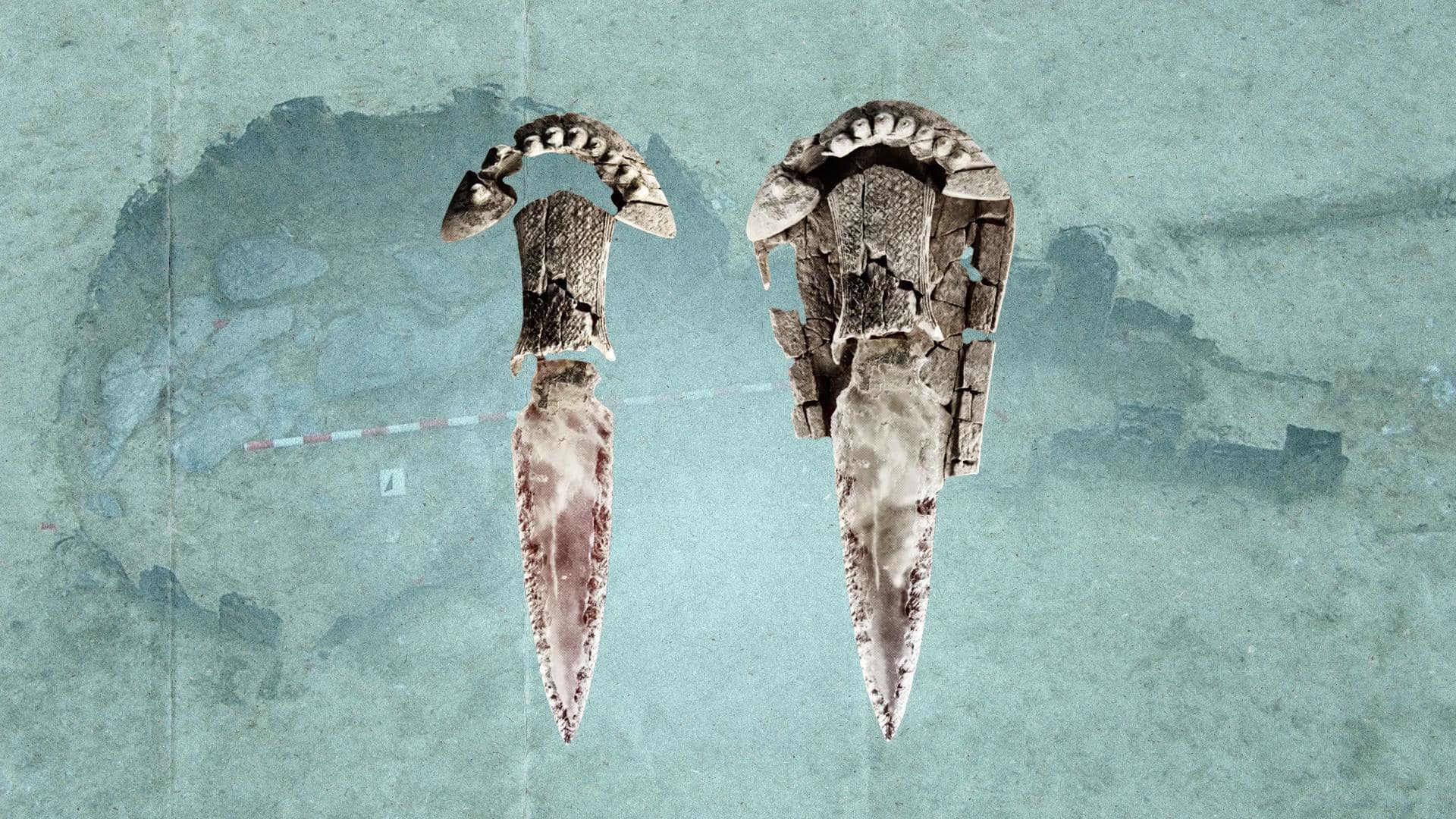
Famous skeletal remains, 'Ivory Man' is not male but female
What's the story
Ancient skeletal remains buried with ivory tusks, ostrich eggshells, and a rock crystal dagger discovered in a tomb near Seville, Spain, in 2008 clearly indicate that the skeletal remains belonged to a high-status individual in the past. Initially, they were thought to be those of a young male. However, a new bone analysis method revealed that the remains are actually of a woman.
Initial findings
Per pelvis bone analysis, remains were attributed to a man
Initially, the 5,000-year-old skeleton was identified as a "probable young male" based on pelvis bone analysis. European archaeologists dubbed it as "Ivory Man." However, more than ten years later, the researchers employed a new molecular method to confirm the skeleton's gender as part of a comprehensive study. The outcome left them astounded: the "Ivory Man" was, in fact, a woman.
Quote
'This finding came as a surprise to us': Researchers
"We didn't expect it would turn out to be a woman. And this came as a surprise. So, this actually forced us to rethink everything about this site," study author Leonardo García Sanjuán, a professor of prehistory at the University of Seville told CNN.
Old method
Pelvis bone analysis for sex determination can be unreliable
Archaeologists usually determine the sex of a skeleton by examining the pelvis. Women's pelvises are generally wider than men's. However, pelvis bones are thin and can easily break and be damaged over time. This fragility can lead to mistakes when trying to determine the biological sex based solely on the pelvis, as seen in the case of the "Ivory Lady."
New method
New method aims to find a sex-specific peptide in bones
The new method involves studying tooth enamel. Tooth enamel contains a protein called amelogenin, which has a sex-specific peptide called amelogenin. The study examined a molar and an incisor from the skeleton and found the presence of the AMELX gene, which produces amelogenin and is located on the X chromosome. This discovery indicated that the remains belonged to a woman instead of a man.
Gender roles
This will change how we perceive prehistoric gender roles
This discovery will force many to reevaluate long-held beliefs about prehistoric gender roles. According to Sanjuán, in the past, it was not uncommon for archaeologists to assume remains found to be of a man since there were a sword and a shield. They may have been mistaken for assuming that the past gender roles are similar to what we see today.
Information
Prehistoric women wielded authority and prestige
According to what Archaeologist Roberto Risch from the Autonomous University of Barcelona, who was not part of the study, told Science, the findings validate long-held suspicions that prehistoric women held positions of authority and prestige. This challenges contemporary assumptions about gender roles in leadership.